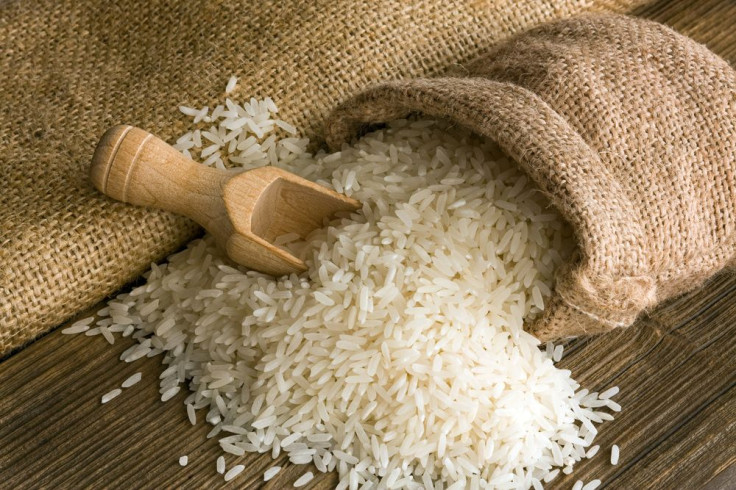New Low-Calorie Rice Cooking Method Could Cut 60% Of The Calories Your Body Absorbs

Rice is the staple of a variety of cuisines around the world. Yet diets that restrict carbohydrates (Atkins) advise against rice, while other diets praise rice as the perfect carbohydrate for energy. A recent study presented at the 249th National Meeting & Exposition of the American Chemical Society (ACS) has revealed that a certain heating and cooking method for rice can cut the number of calories our bodies absorb by 50 to 60 percent.
"Because obesity is a growing health problem, especially in many developing countries, we wanted to find food-based solutions," Sudhair A. James, from the College of Chemical Sciences in Sri Lanka, said in a statement. "We discovered that increasing rice-resistant starch (RS) concentrations was a novel way to approach the problem. If the best rice variety is processed, it might reduce the calories by about 50 to 60 percent."
James and his colleagues developed a new cooking method that increases the RS content of rice by experimenting with 38 different types of rice native to Sri Lanka. The method called for adding a half cup of uncooked rice to boiling water with a teaspoon of coconut oil. Researchers let the rice simmer for 40 minutes, but confirmed that boiling for 20 to 25 minutes would also work. The last step of the process involved refrigerating the rice for 12 hours.
The RS content of traditional, non-fortified rice increased 10-fold using this new method. The research team explained that during their cooking process the oil alters the starch by making it resistant to the action of digestive enzymes. Cooling the rice for 12 hours was essential to lowering the number of calories that are absorbed by the body, and reheating the rice before eating had no effect on its RS content. James plans on conducting further testing on human subjects to determine if different types of rice and cooking oil have the same effect.
"After your body converts carbohydrates into glucose, any leftover fuel gets converted into a polysaccharide carbohydrate called glycogen," James added. "Your liver and muscles store glycogen for energy and quickly turn it back into glucose as needed. The issue is that the excess glucose that doesn't get converted to glycogen ends up turning into fat, which can lead to excessive weight or obesity."
There are 1.6 ounces of starch in a cup of rice. Starch can either be digestible or indigestible, both of which are found in rice. Indigestible (RS) starch is not broken down in the small intestines, which is where carbohydrates are metabolized into glucose and simple sugars are absorbed into the bloodstream. By converting digestible starch into RS, the research team lowered the number of usable calories in a cup of rice.
Source: James S, et al. New low-calorie rice could help cut rising obesity rates. 249th National Meeting & Exposition of the American Chemical Society (ACS). 2015.
Published by Medicaldaily.com



























